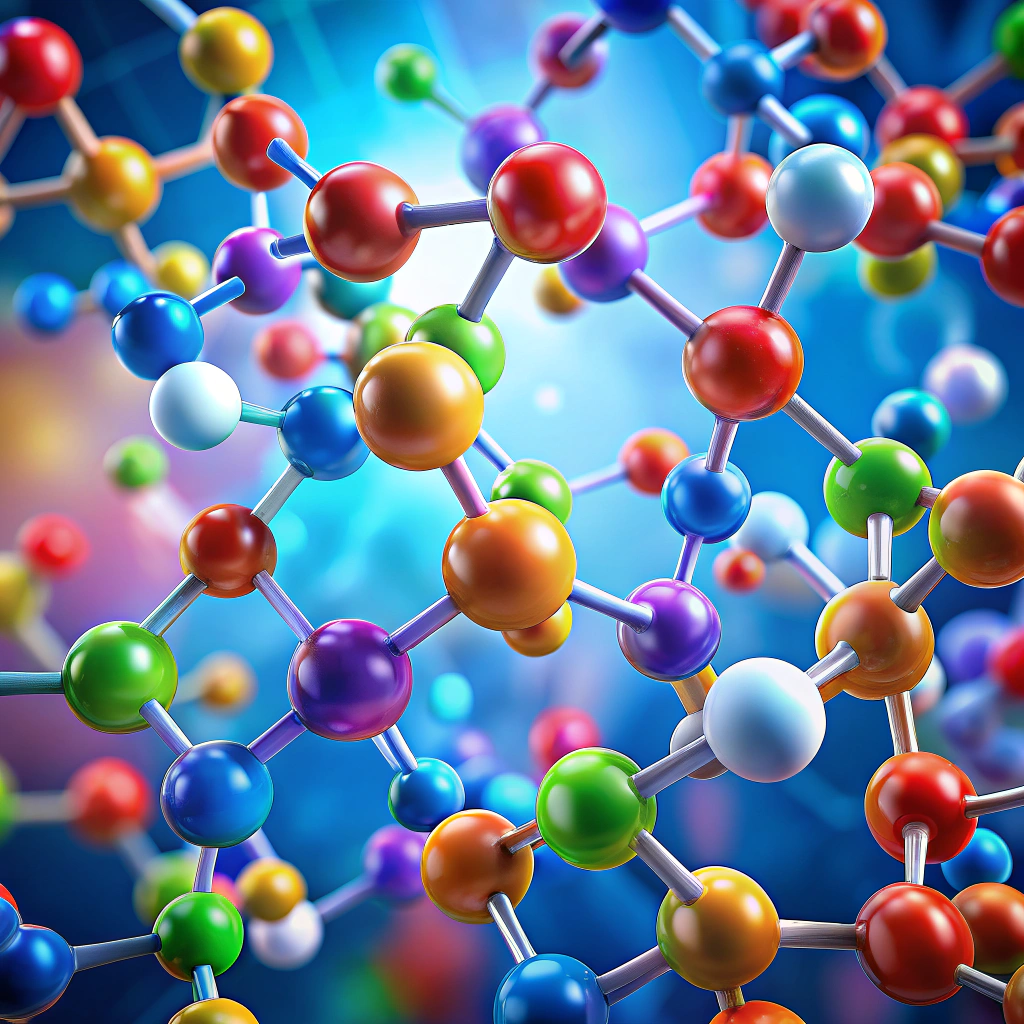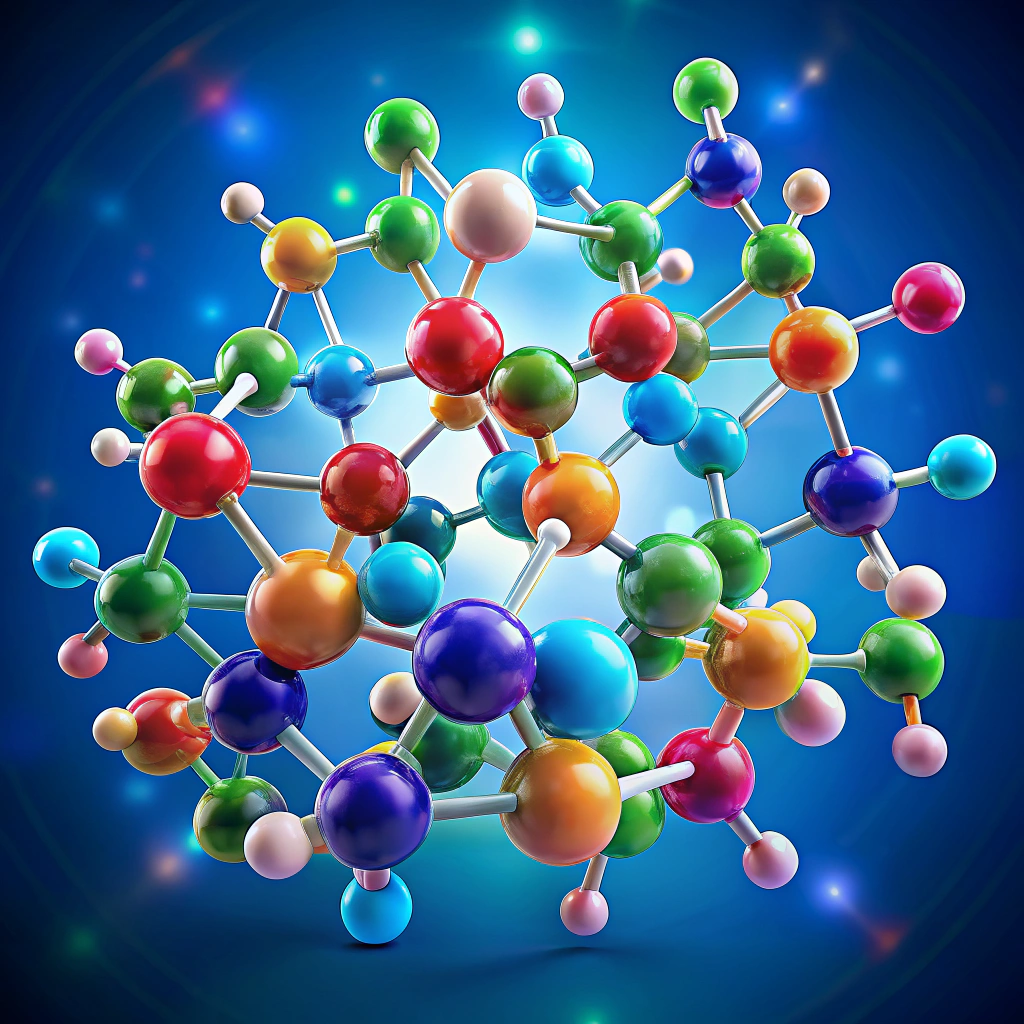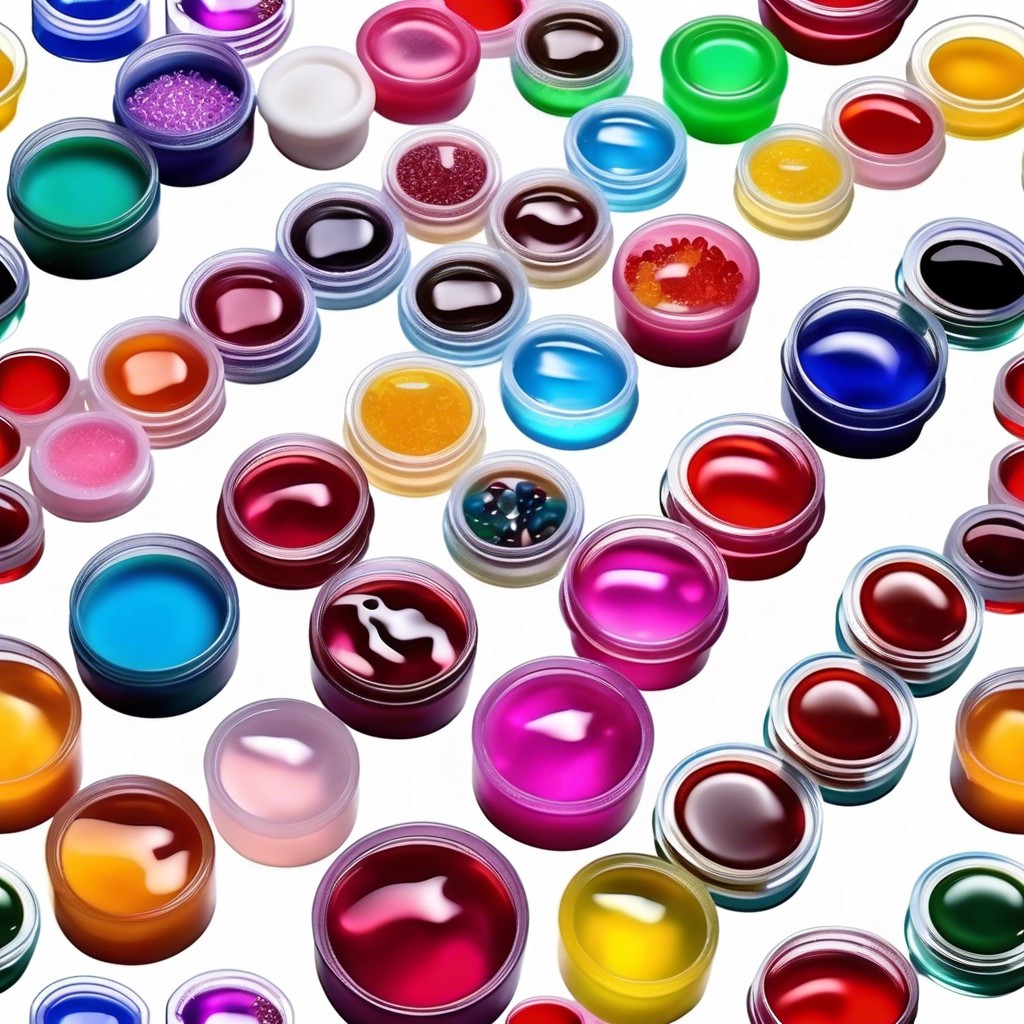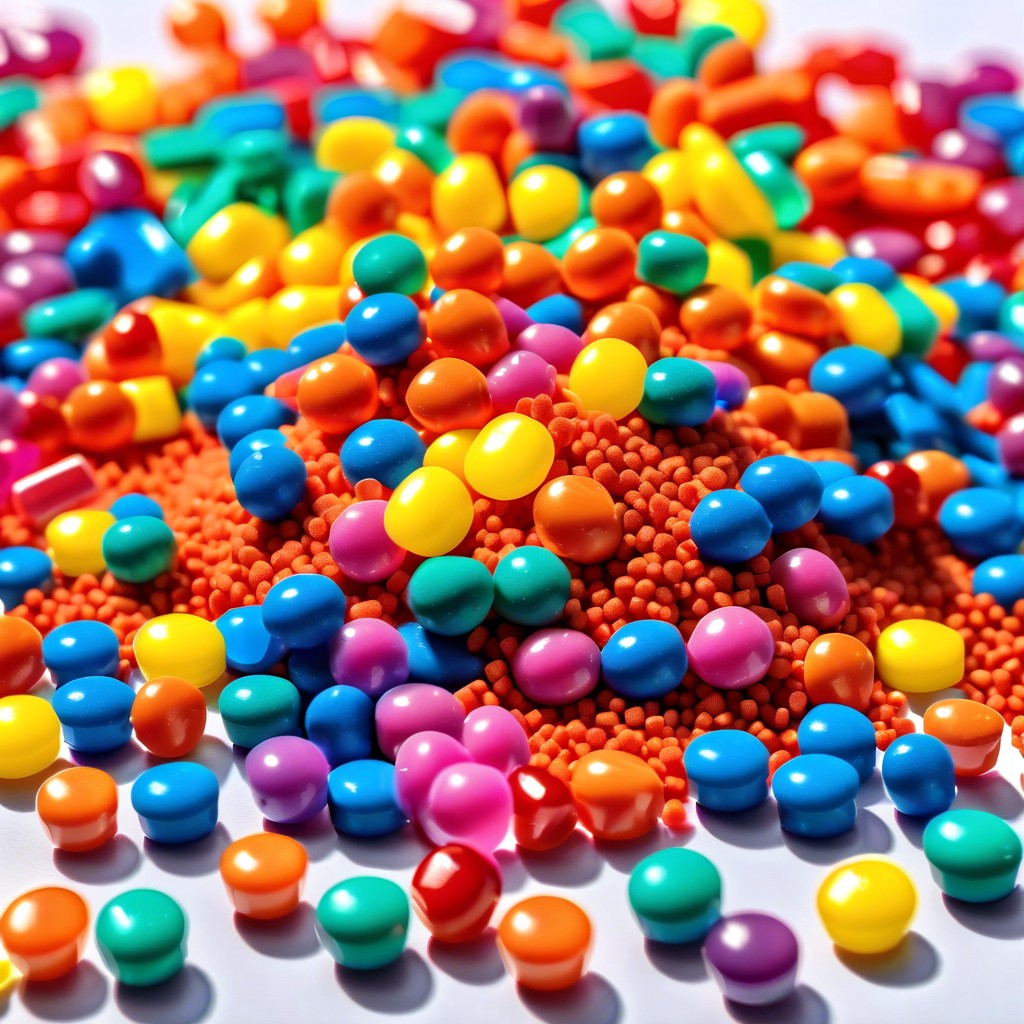Discover the fascinating world of protein polymers through the example of silk, showcasing their incredible structural prowess and versatility.
Key takeaways:
- Silk exemplifies the versatility of protein polymers.
- Amino acids are the building blocks of proteins.
- Structure levels are primary, secondary, tertiary, quaternary.
- Peptides become proteins over 50 linked amino acids.
- Sequence of amino acids dictates protein function and shape.
Examples of Protein Monomers

These tiny building blocks of proteins, called amino acids, are quite the overachievers. Imagine them as tiny Lego pieces, but instead of building a tiny block house, they construct the proteins that keep you alive!
– There are 20 standard amino acids. Think of them as the starting lineup of any good protein team. Each has a unique personality if you will.
– Glycine is the chill one. It’s small, flexible, and doesn’t take up too much space. Perfect for protein sections that need to stretch or bend. Stretchy like your favorite pair of elastic pants.
– Proline, the diva of rigidity. Imagine trying to bend a ruler. Proline gives proteins structure and stability, even if it means it might not attend as many parties as its more flexible friends.
– Then there’s Tryptophan, famous for the turkey-induced naps at every Thanksgiving. It’s also a precursor for serotonin, the feel-good molecule. Maybe that’s why it’s always so relaxed.
– Methionine loves to start things off. It’s often found at the beginning of a protein sequence, shouting “Let’s get this party started!”
These monomers, with their unique traits, combine in many different ways to achieve the specific functions required by proteins – be it building bodily structures, acting as enzymes, or more. It’s like creating diverse playlists from the same set of top hits. What a dynamic duo! Or should I say, dynamic 20?
Structure of Protein
Imagine a protein as a complex origami art piece. Its structure is broken down into distinct levels: primary, secondary, tertiary, and quaternary. Each level adds a twist, fold, or layer to the final masterpiece.
First, the primary level. Think of it as a string of beads. These beads are amino acids, linked in a specific sequence. This sequence dictates everything, like knowing the secret recipe before cooking a gourmet meal.
Next is the secondary structure, where the string of beads starts twisting into shapes. Picture spirals or zigzag sheets, scientifically known as alpha helices and beta sheets. It’s like your favorite carnival twisty slide, only flatter.
Then comes the tertiary structure. Now the protein folds into a three-dimensional shape, a real head-turner. These folds create pockets and grooves, giving proteins their unique abilities, like fitting into the perfect-sized sweater.
Finally, the quaternary structure appears in some proteins, where multiple folded chains connect into a single, larger assembly. Imagine a protein rock band joining forces, each member playing a crucial role.
Understanding these structures hints at the protein’s personality, function, and where it fits into the big biological jigsaw puzzle.
How Proteins Are Formed
Picture a puzzle where all the pieces are amino acids. To make a protein, these pieces clip together in a practically magical order in spaghetti-like chains called polypeptides. This process is nothing short of a molecular assembly line!
Imagine a chef cooking up a protein souffle in the microscopic kitchen of a cell:
- Ribosomes Are the Sous-Chefs: These sophisticated ribosomal chefs translate the genetic recipe written in mRNA to arrange the amino acids in a specific order.
- Peptide Bonds Are the Glue: Each amino acid is linked by robust peptide bonds, like bonding Legos to create a miniature Statue of Liberty.
- Folding Frenzy: Once the polypeptide chain is assembled, it twists, folds, and loops like an acrobat, achieving a three-dimensional structure. Sometimes it’s a helix, other times, a pleated sheet. It’s like origami, but on a cellular level!
Voilà! A protein is complete and ready to flex its biochemical muscles, performing essential life tasks while maybe wearing a tiny molecular beret.
The Sequence of Amino Acids
Imagine a train where each car is unique and must follow a specific order to reach its destination. That’s how amino acids work in building a protein.
- Each protein has a unique recipe: It’s like baking cookies with a precise number of chocolate chips. Change the chips, and you may end up with a cake instead. Or worse, oatmeal cookies!
- Structure determines function: The specific sequence of amino acids determines the shape of the protein. Shapes are rather important. They dictate whether the protein will be a muscle builder or, say, a mighty disease fighter.
- DNA as a guide: DNA holds the secret code for these sequences. It’s like having a cheat sheet for the most complex board game ever. No peeking!
- Change one, change all: A single mix-up in the sequence can lead to a completely different protein. It could be beneficial, like adding sprinkles, or disastrous, like serving broccoli ice cream.
- Chains of variety: With 20 different amino acids combining in various ways, the possibilities for protein sequences are almost endless. It’s like a never-ending buffet of potential proteins. Hungry for more?
Understanding how the sequence of amino acids works is like unraveling a mystery—exciting, impactful, and slightly head-spinning.
Peptide Bond: Peptides and Proteins
Picture a tiny superglue that holds everything together. That’s the peptide bond for you! It’s the link between amino acid buddies, creating a chain of happiness. Peptides, being the cool, hipster amino chains, usually have less than 50 links. Once they hit the big 50, they upgrade into full-grown protein status.
Peptide bonds are like the double-sided tape in crafts class, a tad tough to break. They form through a cozy dehydration synthesis, where water takes a leap and leaves amino acids holding hands. Think of them as marathon runners passing the water bottle around but deciding they’re not thirsty.
With these bonds, proteins strut their stuff, folding into intricate shapes. So next time you brush your hair or munch on chicken, nod to the peptide bonds for doing their gig with such style.
Recap




